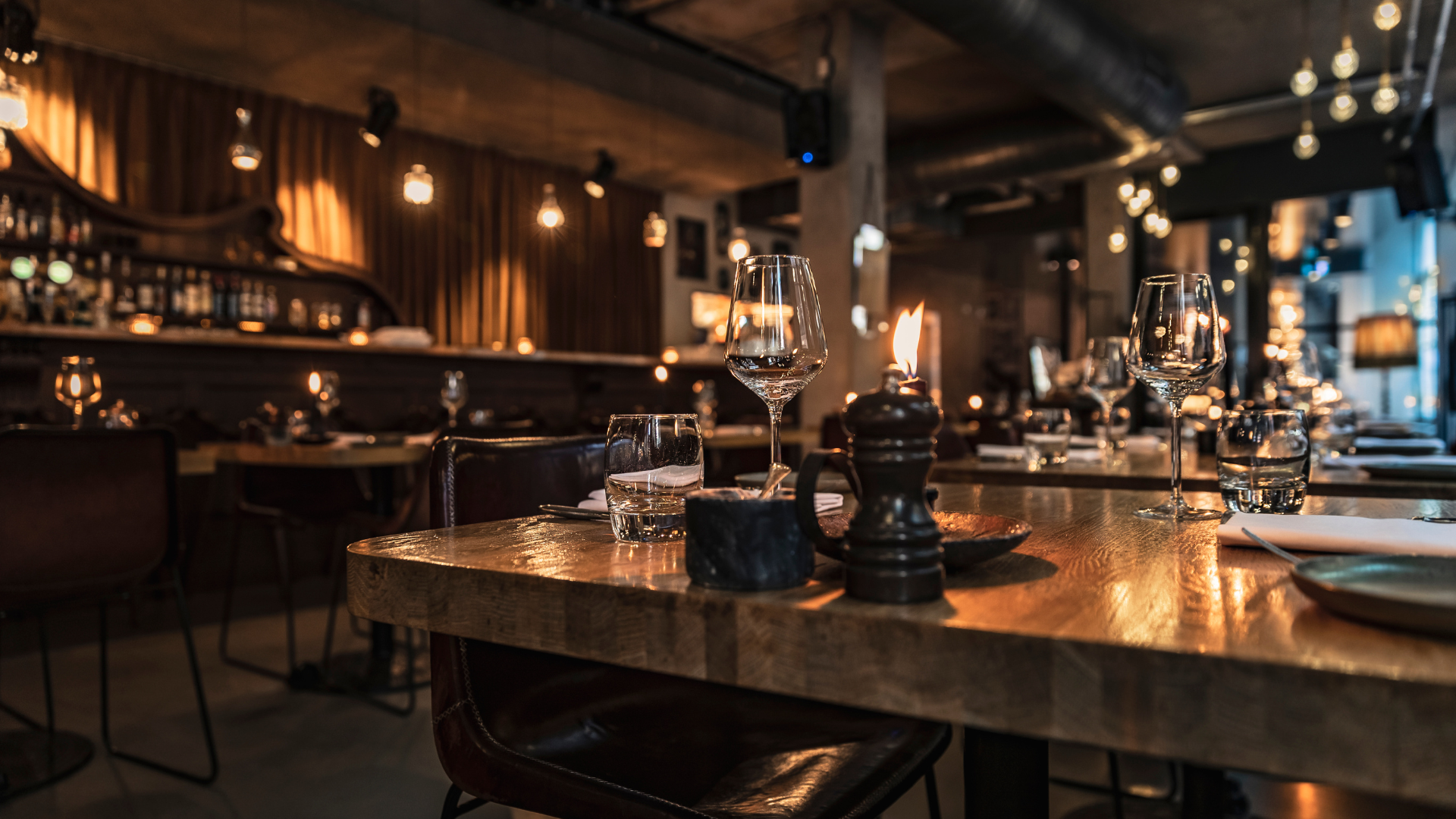The adoption of QR ordering systems in restaurants has surged, revealing benefits beyond just the convenience of digital menus. Here’s a look at ten unexpected advantages these systems offer.
1. Enhanced data insights
QR ordering systems gather valuable data on customer preferences and ordering patterns. This insight allows restaurants to tailor their offerings and marketing strategies more effectively, leading to increased customer satisfaction and loyalty.
2. Improved table turnover rates
With customers ordering directly from their tables, the time taken to place and receive orders is significantly reduced. This efficiency can lead to higher table turnover rates, accommodating more guests during peak hours.

3. Reduced order inaccuracies
Digital ordering minimizes the risk of human error in order taking. Customers enjoy the accuracy of their orders, leading to a better dining experience and reduced food waste.
4. Streamlined kitchen operations
Orders placed via QR codes go directly to the kitchen in real time, allowing for a smoother workflow. This direct communication streamlines kitchen operations, reducing wait times and improving food quality.
5. Lower labor costs
By automating the ordering process, restaurants can operate with fewer front-of-house staff, leading to significant savings on labor costs without compromising service quality.

6. Increased average order value
QR ordering systems often suggest add-ons and upgrades, leading to an increase in the average order value. This subtle upselling can boost revenue without the need for aggressive sales tactics.
7. Enhanced customer engagement
These systems can be integrated with loyalty programs, allowing customers to earn and redeem rewards easily. This integration fosters a deeper connection between the restaurant and its patrons, encouraging repeat business.
8. Greater accessibility
QR menus can easily be updated to include multiple languages, making them accessible to a wider audience. This inclusivity can attract a more diverse customer base.
9. Environmental sustainability
Switching to QR codes reduces the need for printed menus, aligning with eco-friendly practices by saving paper and reducing waste.

10. Flexibility and scalability
QR ordering systems offer flexibility to quickly update the menu, adjust pricing, or run promotions, providing restaurants with the agility to respond to market demands or seasonal changes efficiently.
Financial benefits of QR table ordering
One of the most direct financial benefits of QR table ordering is the facilitated ease of upselling and cross-selling. Digital menus can smartly suggest add-ons, upgrades, and pairings, subtly encouraging customers to spend more per order.
Unlike static printed menus, digital platforms can dynamically adjust suggestions based on customer behavior or popular trends, leading to a higher average check size.
This method of presenting menu items can significantly boost revenue without the need for overt sales tactics that might detract from the customer experience.
Accuracy in order taking is crucial for controlling costs. Manual errors in order entry can lead to wasted food, additional labor to correct mistakes, and, critically, a negative customer experience.
QR table ordering systems minimize these risks by placing the responsibility of order accuracy in the hands of customers, thereby reducing the likelihood of errors.
This accuracy ensures that kitchen operations run smoothly, waste is minimized, and customer satisfaction is maintained, all of which contribute to better financial outcomes.
Final thoughts
Adopting a QR ordering system extends beyond mere convenience, offering a multitude of operational, financial, and customer service benefits.
These systems not only streamline the dining experience but also open up avenues for data-driven decision-making, cost savings, and enhanced customer satisfaction, positioning restaurants for success in a competitive market.





